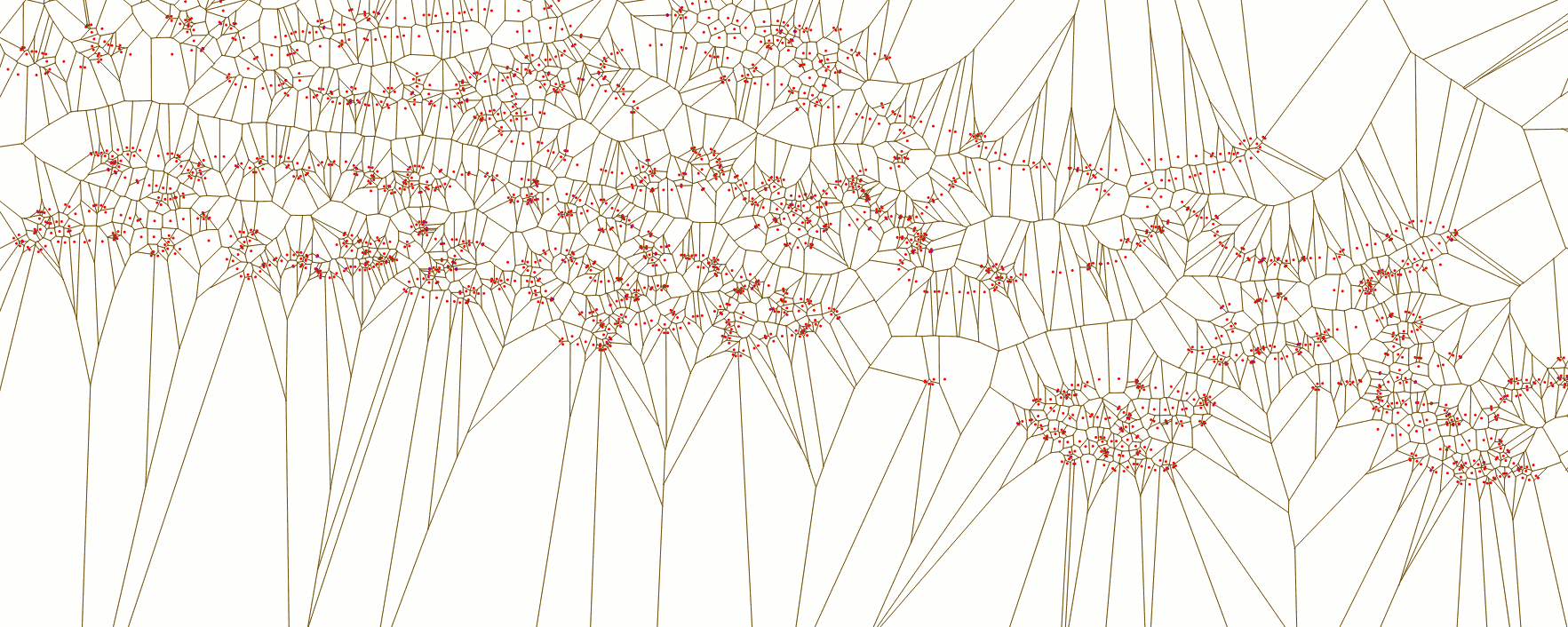|
[1] Vu, Labatut, Pons, Keriven. High Accuracy and Visibility-Consistent Dense Multiview Stereo. In PAMI, vol 34(5), 2012
[2] Alliez, Fabri. Computational Geometry Algorithms Library. SIGGRAPH ASIA Courses, 2009
[3] Alliez, Fabri. Computational Geometry Algorithms Library. SIGGRAPH Courses, 2016
[4] Mandad, Cohen-Steiner, Alliez. Isotopic approximation within a tolerance volume. SIGGRAPH, 2015
[5] Lafarge, Alliez. Surface reconstruction through point set structuring. Eurographics conference, 2013
[6] Duan, Lafarge. Image Partitioning into Convex Polygons. CVPR, 2015
[7] Verdie, Lafarge, Alliez. LOD Generation for Urban Scenes. In Trans. on Graphics, vol 34(3), 2015
[8] Lafarge, Mallet. Building large urban environments from unstructured point data. ICCV, 2011
[9] Lafarge, Keriven, Bredif, Vu. A hybrid multi-view stereo algorithm for modeling urban scenes. In PAMI, vol 35(1), 2013
|
